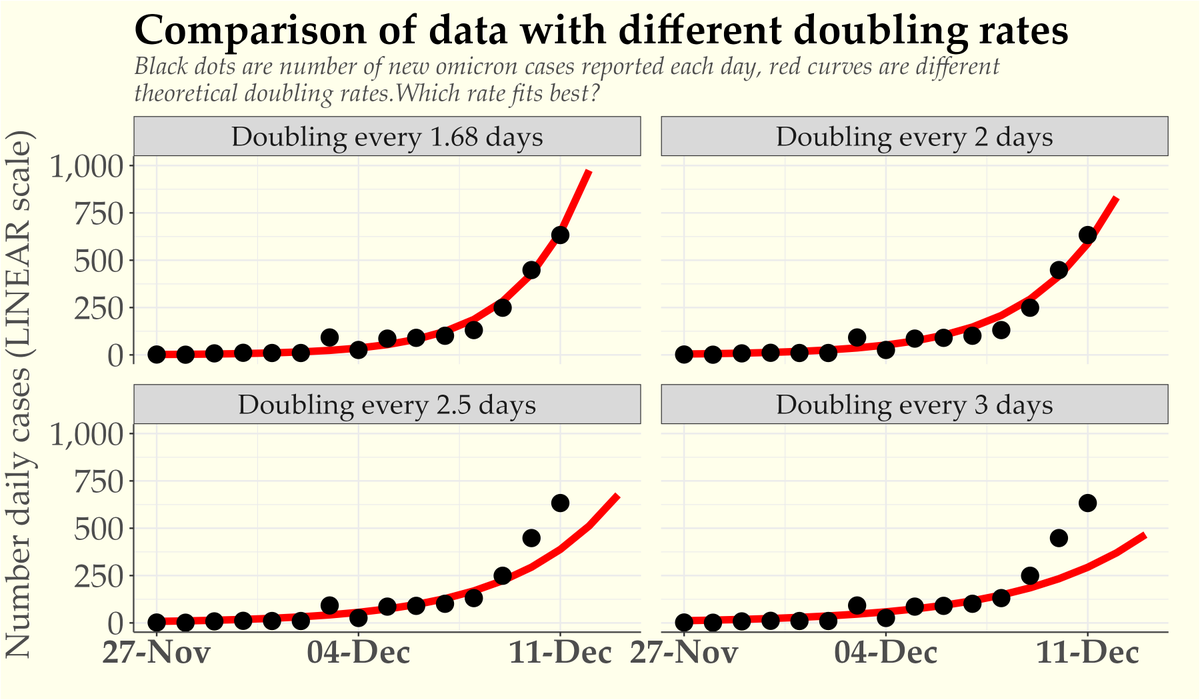
I think the "Tory ministers vs scientists" framing is a distraction from the real clash, which isn't about science. More generally, people's beliefs about Covid are not just about evidence -- they also reflect people's motivations.
Here's my take 🧵
Here's my take 🧵
Only a tiny minority would (if they’re honest) claim that omicron poses no threat. The majority see that it poses a serious threat, though just how big a threat remains to be established. My focus here is on those who say, "Yes, it's cause for concern, but it'll probably be OK".
Ministers have the power to do something about this threat – but don’t want to. Rejecting the science is a more acceptable way of doing nothing than openly admitting you don’t care abt life-threatening disruptions to public services & the prospects of tens of thousands of deaths.
Then there are people who – in the absence of government support -- have very little power to respond to this threat. Their livelihoods may depend on “business as usual”. For these people there’s a strong motivation to downplay the severity (or deny the existence) of the threat.
It’s good to examine and discuss the evidence, but throwing more data at people in denial is unlikely to change their minds. It's not about making the threat scarier. Rather, they need to be persuaded that there is *something that can be done* about the threat.
In reality, there are things that can be done. For example, the government could, if it wished to, invest more in the NHS. It could reintroduce furlough and support people to self-isolate. It could install air filtration in public indoor spaces.
If people believed such measures were feasible, and that demanding the government introduce them might actually bring them about, many of those people who are currently downplaying/denying the threat of Covid would rapidly change their point of view.
It's hard to make international comparisons, but I think it's fair to say that the UK response to the pandemic has not been a great success, notwithstanding our ability to purchase and administer lots of doses of vaccine. That's a reflection on our government.
But it's also a reflection on how we've come to have such low expectations of government. My greatest hope for a post-pandemic UK is that we may increase our expectations of those in power and their responsibilities. That'll be essential for tackling crises like climate change.
• • •
Missing some Tweet in this thread? You can try to
force a refresh













